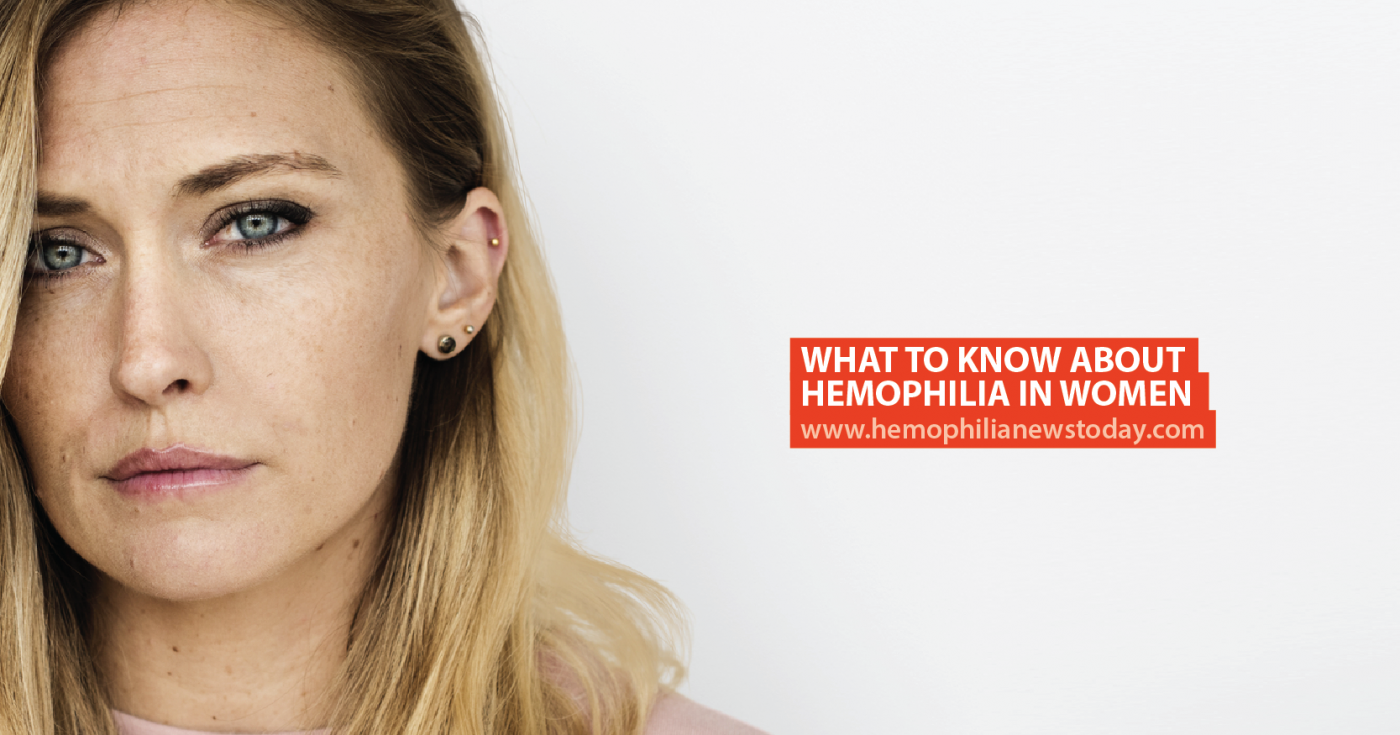What to Know About Hemophilia in Women

Hemophilia is a rare blood disease that usually occurs in males. In fact, it’s extremely rare for women to be born with the condition because of the way it’s passed down genetically. A female would need to inherit two copies of the faulty gene — one from each parent — to develop hemophilia A, B or C. Boys only need to inherit one copy of the faulty gene responsible for hemophilia A and B, but both parents’ faulty gene for hemophilia C.
MORE: How hemophilia is inherited
However, women can be carriers of the disease and may also experience issues with clotting factor. These women often only possess between 30 percent and 70 percent of the clotting factor of someone who isn’t a carrier. This is usually enough to protect from severe bleeds but can lead to problems with heavy menstruation.
Women who do have hemophilia may only be aware of the problem if they have skin that bruises easily and experience symptoms such as excessive and frequent nosebleeds, heavy bleeding after childbirth, heavy periods, or prolonged bleeding following surgical or dental procedures.
Women may also develop acquired hemophilia later in life. Acquired hemophilia usually affects older people and can be a complication of an autoimmune disease such as inflammatory bowel disease or cancer. In very rare cases, women can develop the disease following childbirth. Find out more about hemophilia in women here.
MORE: Three tips for coping with a hemophilia diagnosis
Hemophilia News Today is strictly a news and information website about the disease. It does not provide medical advice, diagnosis, or treatment. This content is not intended to be a substitute for professional medical advice, diagnosis, or treatment. Always seek the advice of your physician or other qualified health provider with any questions you may have regarding a medical condition. Never disregard professional medical advice or delay in seeking it because of something you have read on this website.






